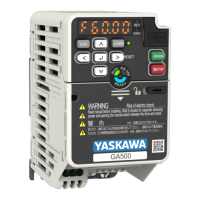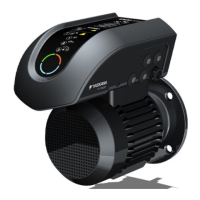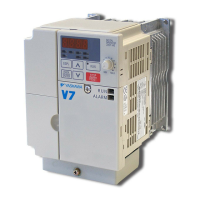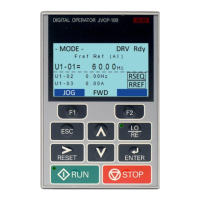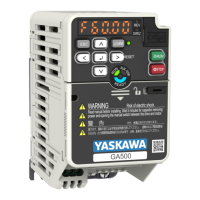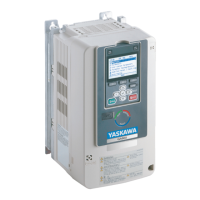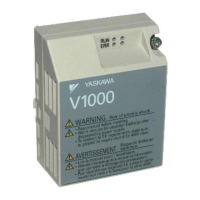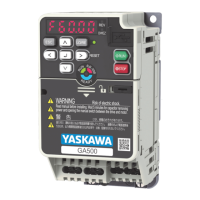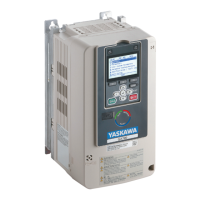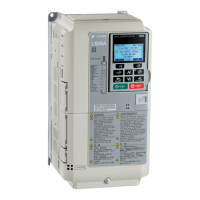5.2 b: Application
200 YASKAWA SIEPYAIH6B01A HV600 AC Drive Bypass Technical Reference
Note:
You cannot do Speed Estimation Speed Search in these conditions:
• When you operate more than one motor with one drive
• When you use a high-speed motor (200 Hz or higher)
• When you use a 1.5 kW or smaller motor.
• When the motor output is more than 1 frame size smaller than the drive capacity
• When there is a long wiring distance between the drive and motor
For these conditions, use Current Detection Speed Search.
Speed Estimation Speed Search uses these two steps to estimate the motor speed:
1. Residual Voltage Search
When there is a short baseblock time, the drive searches for residual voltage. The drive uses the residual voltage
in the motor to estimate the motor speed and direction of rotation. The drive outputs the estimated motor speed as
frequency, then uses the deceleration rate set in L2-04 to increase the voltage. When the output voltage aligns
with the V/f pattern, the drive accelerates or decelerates the motor to the frequency reference. If the drive cannot
estimate the motor speed because of low residual voltage, it will automatically do Current Injection.
b3-05: Speed Search Delay Time L2-03: Minimum Baseblock Time
Figure 5.18 Speed Search after Baseblock
Note:
After you return power, the drive waits for the time set in b3-05. When power loss is longer than the time set in L2-03, the drive will start
Speed Search when the time set in b3-05 is expired after the power recovery.
2. Current Injection
If there is not sufficient residual voltage in the motor, the drive does Current Injection. The drive injects the
quantity of DC current set in b3-06 [Speed Estimation Current Level 1] into the motor windings to estimate the
motor speed and direction of rotation. The drive outputs the estimated motor speed as frequency, then uses the
deceleration rate set in L2-04 to increase the voltage. When the output voltage aligns with the V/f pattern, the
drive accelerates or decelerates the motor to the frequency reference.
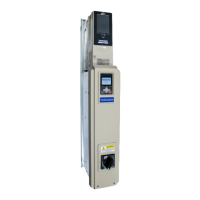
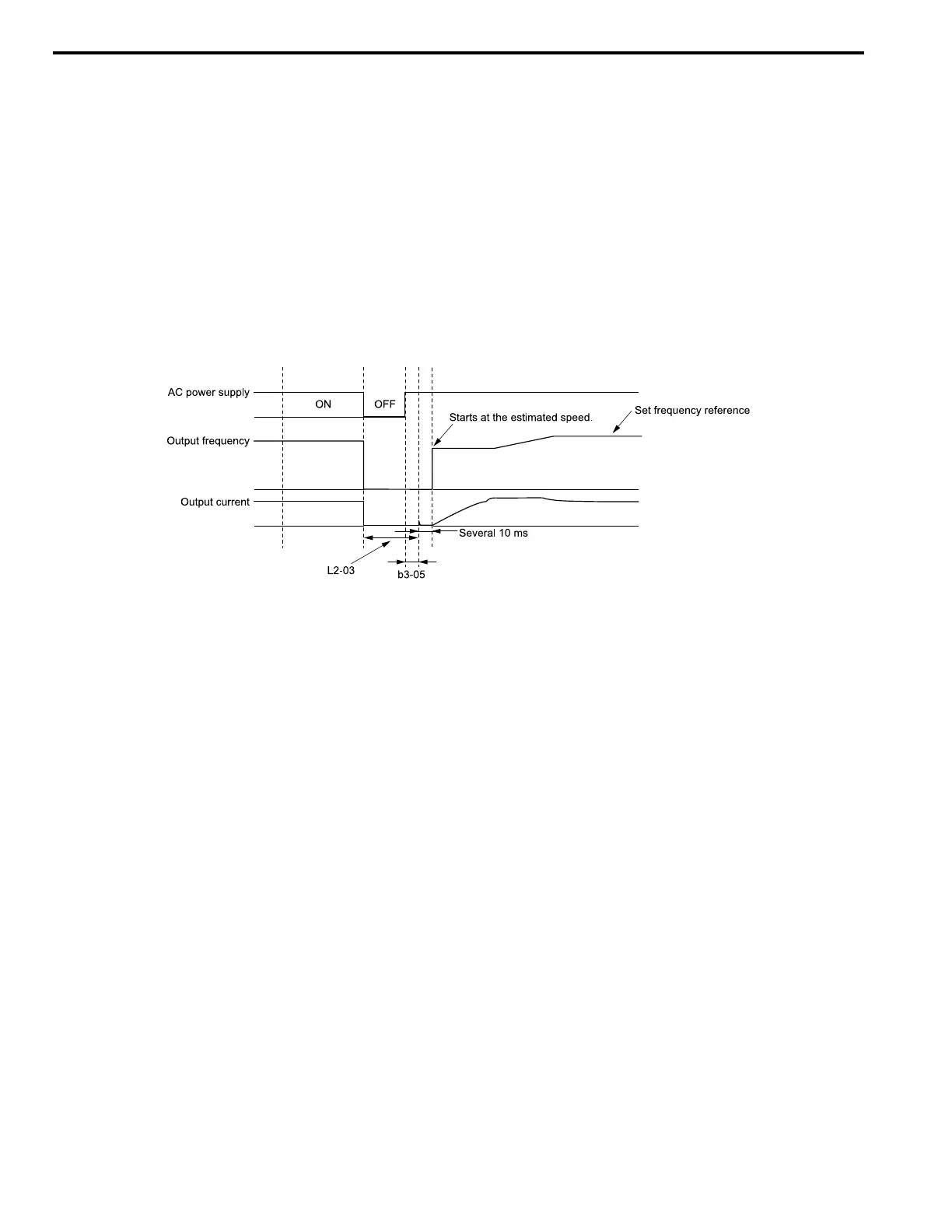